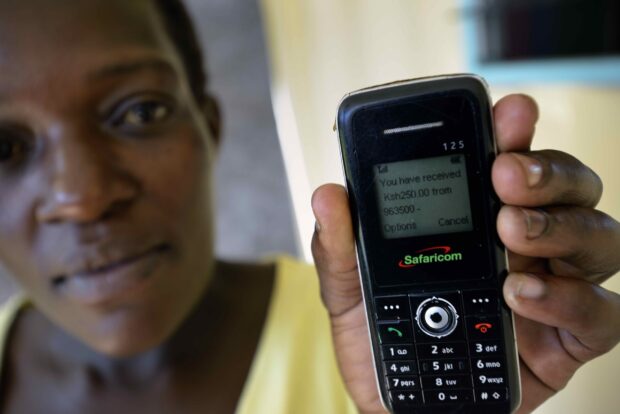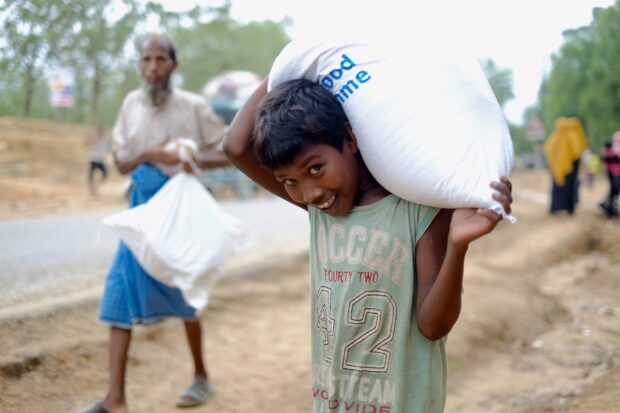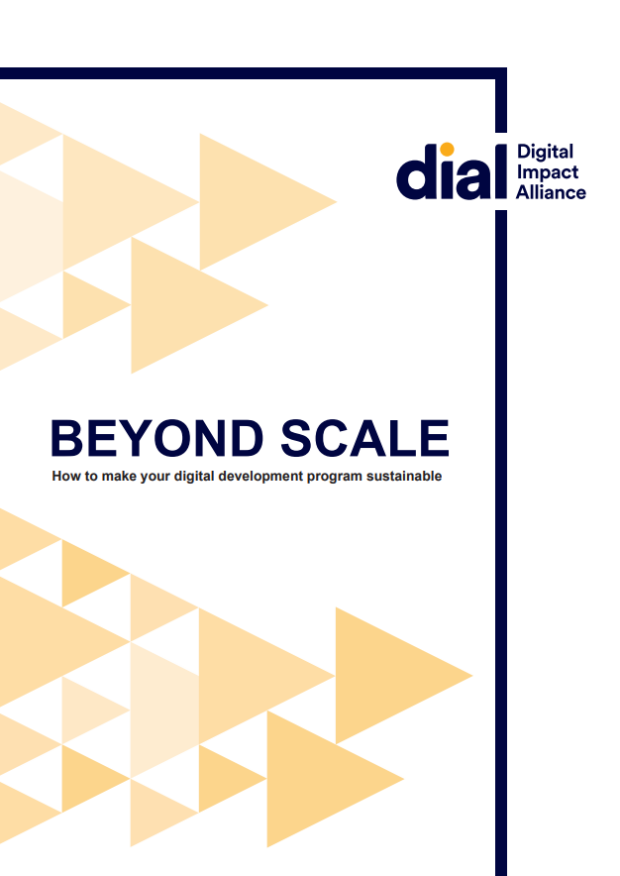This is the 174th paper of the Brookings Institute’s Global Working Paper Series, which examines and analyzes some of the most pressing development and economic challenges facing the world.
Rapid shifts in digital technologies are changing the context for pursuing the Sustainable Development Goals (SDGs). In the best cases, these technologies have contributed to massive improvements in access to public services and economic opportunities for millions of people. In the worst cases, they have opened the door to new forms of government surveillance, exacerbated inequalities, and encouraged social divisions. Many private firms also have enormous influence in shaping the interface between digital technology and societal well-being. Against this backdrop, a growing movement is emphasizing the need for digital public goods and digital public infrastructure.
This paper focuses on “digital public technology” (DPT), meaning digital assets that create a level playing field for broad access or use—by virtue of being publicly owned, publicly regulated, or open source. We consider how they could support greater progress toward the SDGs’ overarching 2030 deadline, with an emphasis on issues of extreme deprivation and basic needs. None of the relevant SDG indicators are fully on course for success by 2030, although some—like child mortality, access to electricity, access to sanitation, and access to drinking water—are on track to achieve gains for more than half the relevant populations in need. Some indicators are on a path to less than half the needed gains, including stunting, extreme income poverty, maternal mortality, access to family planning, primary school completion, and non-communicable disease mortality. Other issues like undernourishment and children overweight are moving backwards.
The human scale of the SDG shortfall is substantial. For example, over the period 2016- 2030, the gap adds up to more than 15 million children under-5 dying and more than 40 million people dying early from non-communicable diseases. In 2030, more than 1.1 billion people are on course to lack access to sanitation, nearly 780 million people will likely be undernourished, and around 570 million people will still live in extreme poverty. Many of these challenges are highly concentrated in a small number of populous countries, including the Democratic Republic of the Congo, Nigeria, India, and Pakistan. Many other smaller countries, such as South Sudan, Chad, and Central African Republic, are also severely off-track on many SDG targets.





